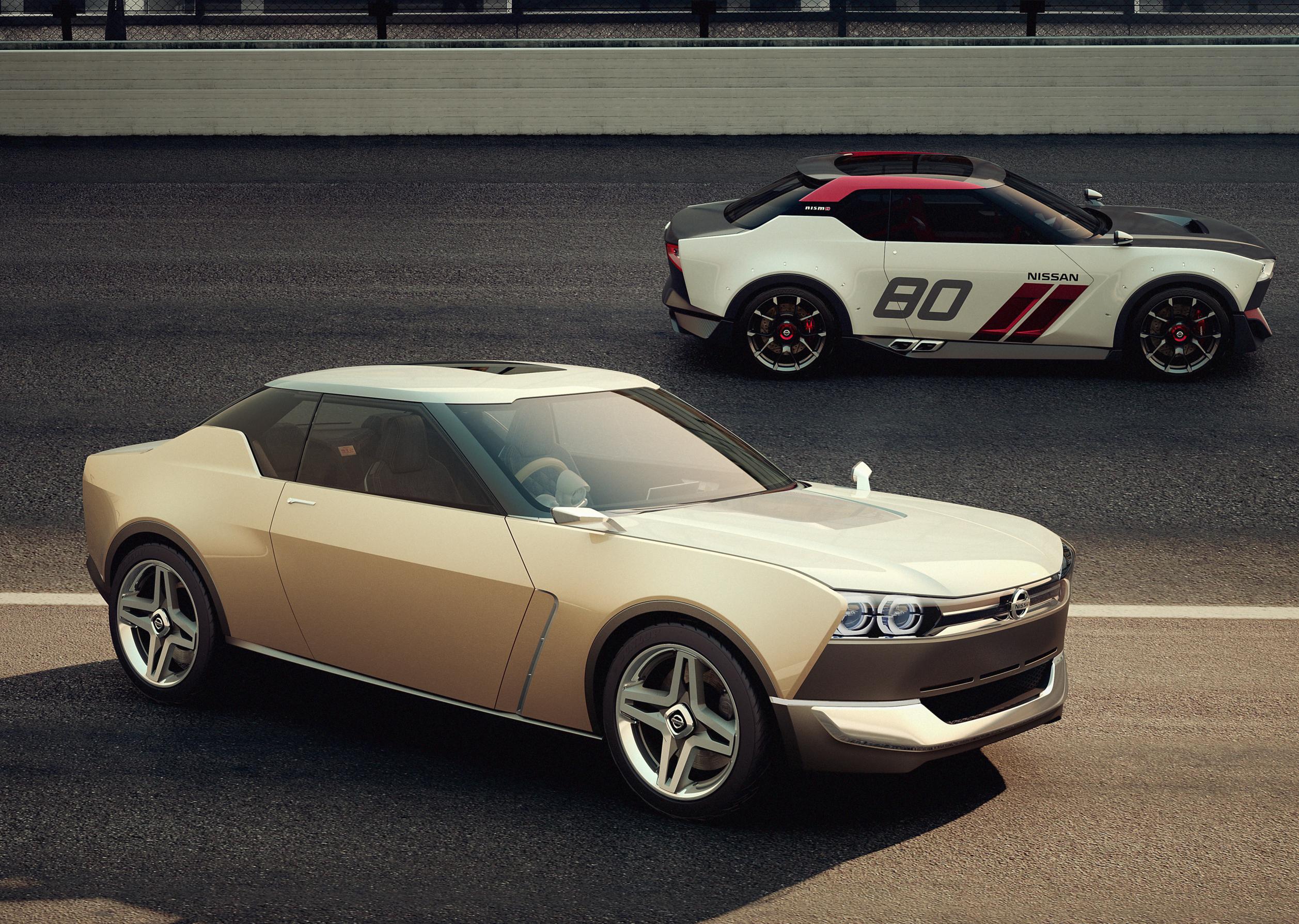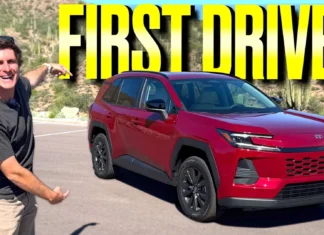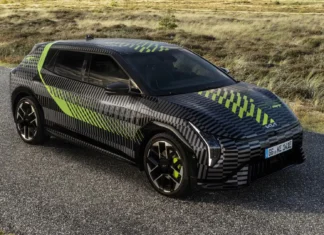Meet the refreshed Grand Cherokee WL, which brings in a new powertrain option for 2026.
There’s been some musical chairs when it comes to powertrain options for the latest Jeep Grand Cherokee over the past few years. While past generations and early examples of this WL lineup offered a 5.7-liter Hemi V8, that quickly disappeared from the options list. That’s because Stellantis has been banking hard on its 4xe plug-in hybrid model to essentially offer V8-ish levels of power with greater fuel efficiency. Some people just don’t want a PHEV, though, so it’s also kept the 3.6-liter Pentastar V6 kicking around as the entry-level option. You’ll still have that option in 2026, but a new and decently potent option is joining the lineup as well.
Sadly, at least for some die-hard eight-cylinder fans, it’s not the return of the Hemi. Instead, the automaker is bringing in its new “Hurricane 4” turbocharged four-cylinder engine, with some tricks up its sleeve to boost power while keeping emissions on the lower side, without resorting to full-on electrification. Jeep’s official information notes the Hurricane 4 uses a multi-injection setup, including port and high-pressure direct injection, while the variable geometry turbocharger itself delivers up to 35 psi of boost for 90% of peak torque delivery between 2,600 and 5,600 RPM.
But how much power and torque is there?
Compared to the old 2.0-liter’s 270 hp/295 lb-ft figure, this Hurricane 4 manages 324 horsepower and 332 lb-ft of torque (on regular 87 octane gas, too). Not only that, but while EPA figures aren’t available yet, Stellantis says this engine uses 10% less fuel in making that extra power for the latest 2026 Grand Cherokee. So far, this is the first model in which the updated four-pot makes an appearance, though we’ll likely see it in other SUVs before too long.
Part of the trick to the extra power and efficiency is borrowed from the Maserati MC20’s Nettuno V6, as it uses “Turbulent Jet Ignition”, which sprays fuel into a pre-chamber above each cylinder, the uses the spark plug to ignite that small amount of fuel which then jets into main combustion chamber, burning the main air-fuel charge faster and more completely. On the complexity side, that does mean each Hurricane 4 Turbo has eight total spark plugs: one for each pre-chamber, and one in each cylinder for the combustion chamber.
As far as the rest of the engine lineup goes, the 2026 Jeep Grand Cherokee still (as mentioned before) offers up the 3.6-liter Pentastar and the 4xe plug-in hybrid. Neither of those powertrains are really changing here. The Pentastar still offers up 293 horsepower and 260 lb-ft of torque, while the 4xe (backed by the old 2.0-liter turbo) manages 375 horsepower and 470 lb-ft at its peak output. All Grand Cherokee engines mate up to an 8-speed automatic transmission, surprise surprise, while certain configurations can tow up to 6,200 pounds — and that’s true whether you go for a two- or four-wheel drive model.
If you decide to go for the off-road-focused Trailhawk pictured above, you will still not have access to the new Hurricane 4 Turbo engine. That’s still plug-in hybrid-only, while you’ll have the option of the 4xe on the Limited and Summit. The base Laredo will get the Pentastar V6 by default, while the Laredo Altitude, Limited and Summit trims can get the Hurricane 4.
Styling changes for the 2026 Jeep Grand Cherokee
Truth be told, the exterior styling for the updated Grand Cherokee isn’t that different from the preceding model (hence it’s a mid-cycle facelift rather than a completely new model). The seven-slotted grille is a bit more prominent this time around, while the newer GC also gets an updated rear fascia and new daytime running lights. The Trailhawk, despite only being a ‘4xe’ model, gets red recovery hooks and hood decal instead of blue, bringing it a bit closer to the Wrangler Rubicon in terms of overall dirt-worthy vibes.
Inside, there’s a new 12.3-inch center display, while the top-end Summit gets a 19-speaker McIntosh audio system, Palermo leather and oak wood trim elements. A passenger screen is still available on the higher-end models.
Speaking of models, the trim structure has been simplified a bit going into 2026 (at least until Jeep starts adding in special editions again). Basically, you get four levels: Laredo, Limited, Trailhawk and Summit. Laredo gets a couple bolt-on packages if you want more features, like the Laredo X (still packing the Pentastar) or the Laredo Altitude (which brings in the Hurricane 4). The Summit also gets a Reserve model if you want the most luxurious GC possible.
For those seeking three rows, the extended Grand Cherokee L is still available as well. You can’t get it as a Trailhawk model, but it’s otherwise available in the other three main trim levels as well as the secondary packages: Laredo, Limited and Summit.
Pricing and availability
So far, pricing for the 2026 Jeep Grand Cherokee isn’t available just yet. Jeep says that will come soon, though I wouldn’t expect pricing on the lower end to move too much from the current status quo. That is, expect the updated GC to start around the $40,000 mark.
On the upper end, the Summit and Summit Reserve models may run into the mid-$60,000s and beyond, with a number of steps in between for all the trims and packages. As for the 4xe, we’ll likely see prices start in the lower $60K area, raising to around $80K or more for the Summit Reserve.
The updated 2026 Jeep Grand Cherokee will officially launch before the end of the year. Final assembly will take place at Stellantis’ Jefferson and Mack assembly plants in Detroit, while the Hurricane 4 engine will be built in Dundee, Michigan and the 3.6-liter Pentastar and 2.0-liter turbo-backed 4xe will still be manufactured in Mexico and Italy, respectively.





















